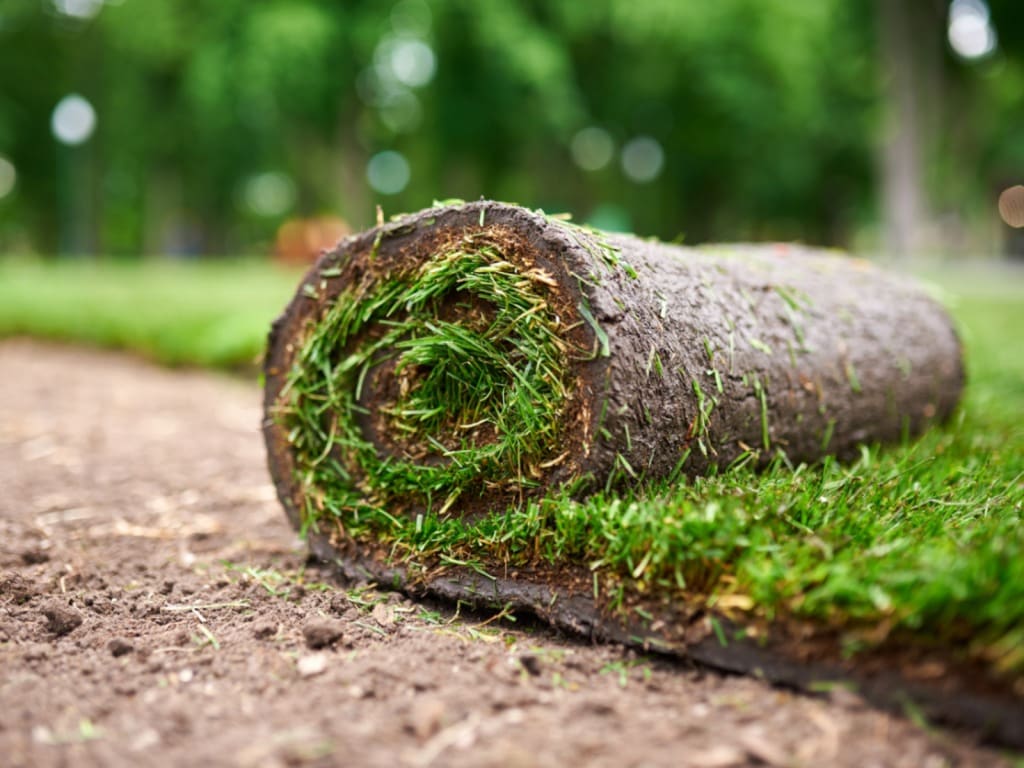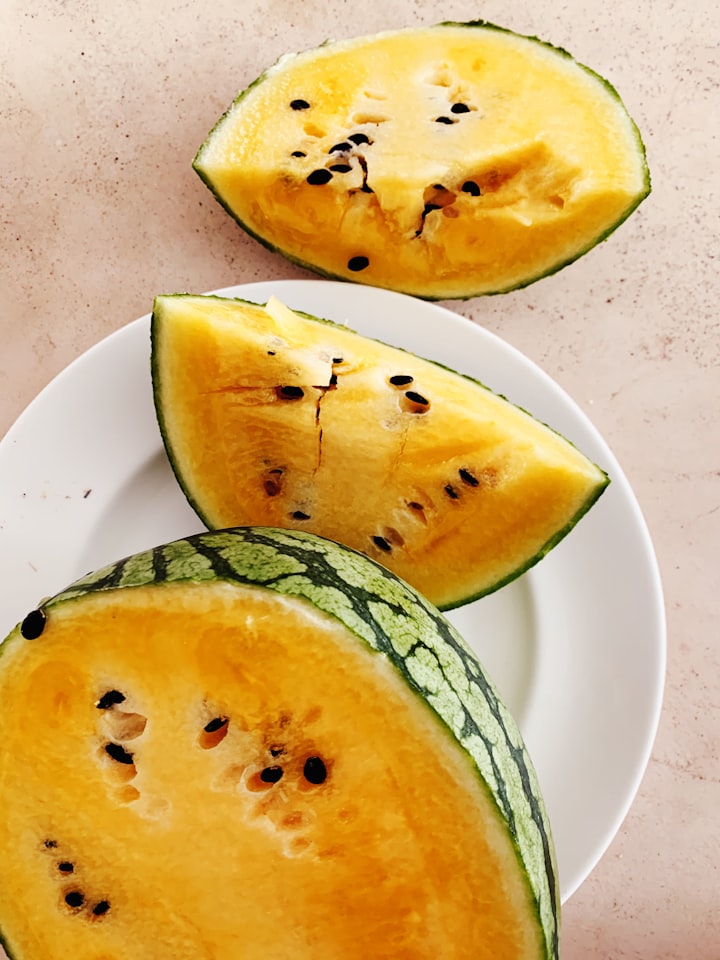How to plant a Lasagna Garden
tips and tricks for gardening lovers

How to plant a Lasagna Garden
Lasagna Garden
The “Lasagna Garden” has nothing to do with what you grow in your garden and everything to do with what you grow your garden IN!
“Lasagna Gardening” (also known as sheet composting) is the symbolic name given to a no-dig, no-till organic method of garden soil preparation that results in wonderfully rich, fluffy soil.
“Lasagna gardening” is a method of building your garden’s soil by adding layers of organic materials (in the same way you layer a lasagna) that will “cook down” over time and result in wonderful soil for your spring planting seeds and plants.
Also read-how to get rid of bamboo in yard
Pretty much anything you want to grow will thrive in a Lasagna Garden. Here is a list of vegetables that do especially well in this growing environment:
Asparagus
Tomatoes
Beans
Cucumbers
Garlic
Lettuce
Oregano, Basil and other Herbs
You can make your Lasagna Garden at any time of year but, fall is the ideal time for starting the Lasagna. Starting in fall gives your Lasagna (aka…your garden) plenty of time over the winter to “cook” (aka…break down) so, in the spring, it will be ready for planting! Fall is also ideal because there is an abundance of leaves, yard clippings and organic waste and the increase in moisture (rain and snow) will encourage the organics you put in your garden to break down more quickly.
If you decide to make your Lasagna Garden in the spring or summer, you will just need to increase the amount of soil/peat/topsoil you add so that the garden will need to do less “cooking” and will be ready for planting.
Ingredients you will need for your “Lasagna Garden”:
Really, anything you would normally put into a compost pile is perfect for your Lasagna Garden. Here are some suggestions:
Leaves and Grass Clippings
Fruit and Vegetable Scraps
Coffee Grounds
Tea leaves and tea bags
Weeds (if they haven’t gone to seed)
Manure
Compost
Seaweed
Peat moss
Pine needles
Spent blooms, trimmings from the garden
Newspaper and/or cardboard
The practice of using cardboard or newspapers in the garden has been around for a long time; here’s an account.
“The Spring Campaign against Insects:
If the farmer was provisional enough to tie young fruit trees with newspapers last fall (and it is a good protection if precisely done), he ought, as soon as the danger from this source is passed, to remove the wrappings. If they are left on, they form a convenient refuge for aphides or lice, and soon the bark will be wounded and disfigured.”
Even though the use of newspapers has been around for at least 200 years, it still remains a mysterious practice to most backyard gardeners.
If you’ve ever baked (or eaten) lasagna, you know it is layered. A noodle layer followed by alternating layers of browns, greens whites and reds. Well, Lasagna gardening follows the same basic recipe (minus the red layer!).
Your first layer, the “noodle” layer, will be either newspaper or cardboard.
If you are using newspaper, be sure to separate out any of the glossy pages and do not use magazines.
Cover your entire planned garden area with a layer of brown corrugated cardboard OR 4-6 layers of wet newspaper, overlapping the edges by few inches to keep weeds at bay. One of the great benefits of this technique is that you DO NOT have to prepare the ground under the noodle layer. You do not have to remove grass, sod, rocks, turf, weeds….nothing. Just lay the noodle (cardboard/newspaper) right on top of anything!
Before starting your second layer, be sure to really drench this first layer. This will help to keep everything in place and start the decomposition process.
The dark moist environment this layer provides will attract earthworms whom are a welcome guest in any vegetable garden environment!
Your “browns” layer will be made up of organic browns such as fall leaves, shredded newspaper, peat, and pine needles.
Your “green” layer will be made up of organic greens such as vegetable scraps, garden trimmings, and grass clippings.
Lasagna Gardening gets it’s name from layering, layering layering!The general rule of thumb for a Lasagna Garden in that you want your “brown” layers to be about twice as deep as your “green” layers. However, you do not need to be exact about this, just keep laying down brown and green layers until you have a bed that is about two feet tall. When you’re done layering wet the entire bed until it is moist all the way through. Then…wait! The bed height will shrink dramatically as the layers decompose.
If you made your Lasagna Garden in the spring or summer, you can start planting right away. If you make your Lasagna in the fall, let it cook over the winter and your soil will be ready for planting in the spring.
When you decide to start planting, just dig into the soil as you would with any garden. You will notice your soil is loose and easy to work with. If you used cardboard as your noodle layer, you may need to puncture a hole in it where you want to plant. If you used newspaper, the shovel will most likely go right through it.
In the long run, you will notice many advatages from this very old gardening technique:
Fewer weeds, thanks to the newspaper suppressing them from below and the mulch covering the soil from above.
Better water retention, due to the fact that compost (which is what you made by layering all of those materials) holds water better than regular garden soil, especially if your native soil is sandy or deficient in organic matter.
Less need for fertilizer, because you planted your garden in almost pure compost, which is very nutrient-rich.
Soil that is easy to work: crumbly, loose, and fluffy.
Lasagna gardening is fantastic for the environment
Read More-how to get rid of bamboo in your yard
About the Creator
juhi kanojia
Hi there myself juhi i am a blogger and digital marketing executive at muffleit.Content writting,seo,affiliate mrketing,adsense and adword are my key skills..if you like my articles then pls appreciate with a heart...thanku






Comments
There are no comments for this story
Be the first to respond and start the conversation.